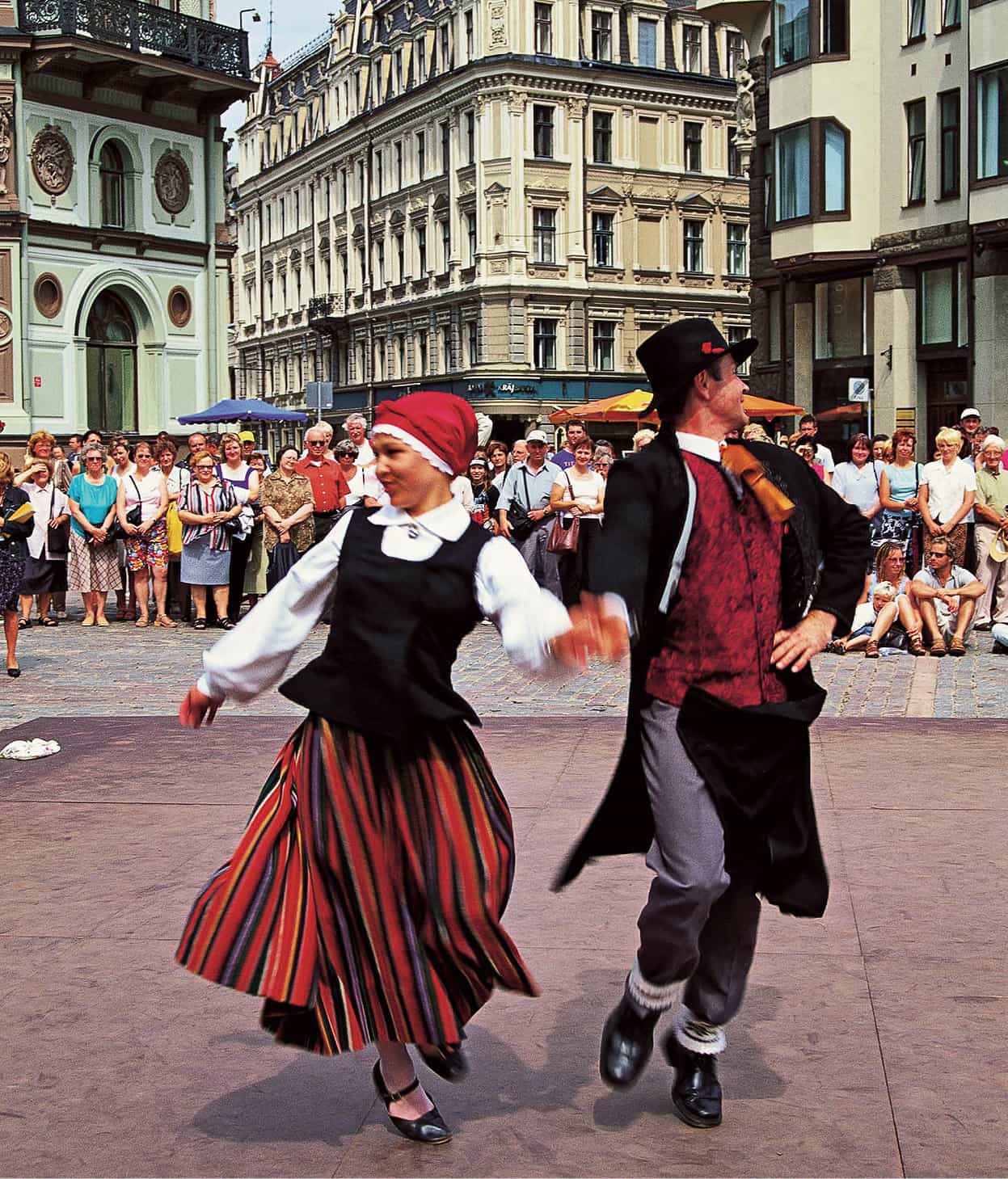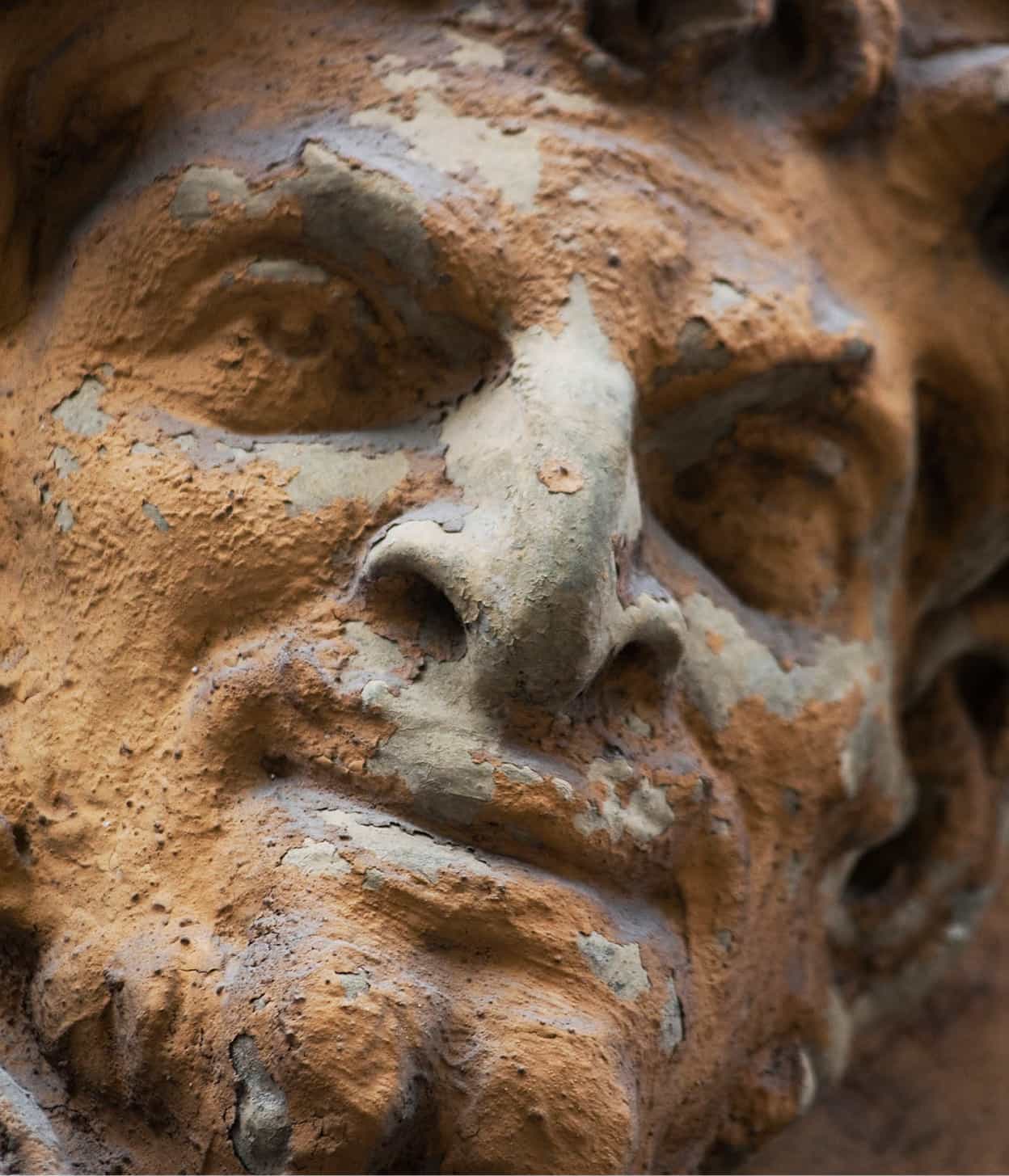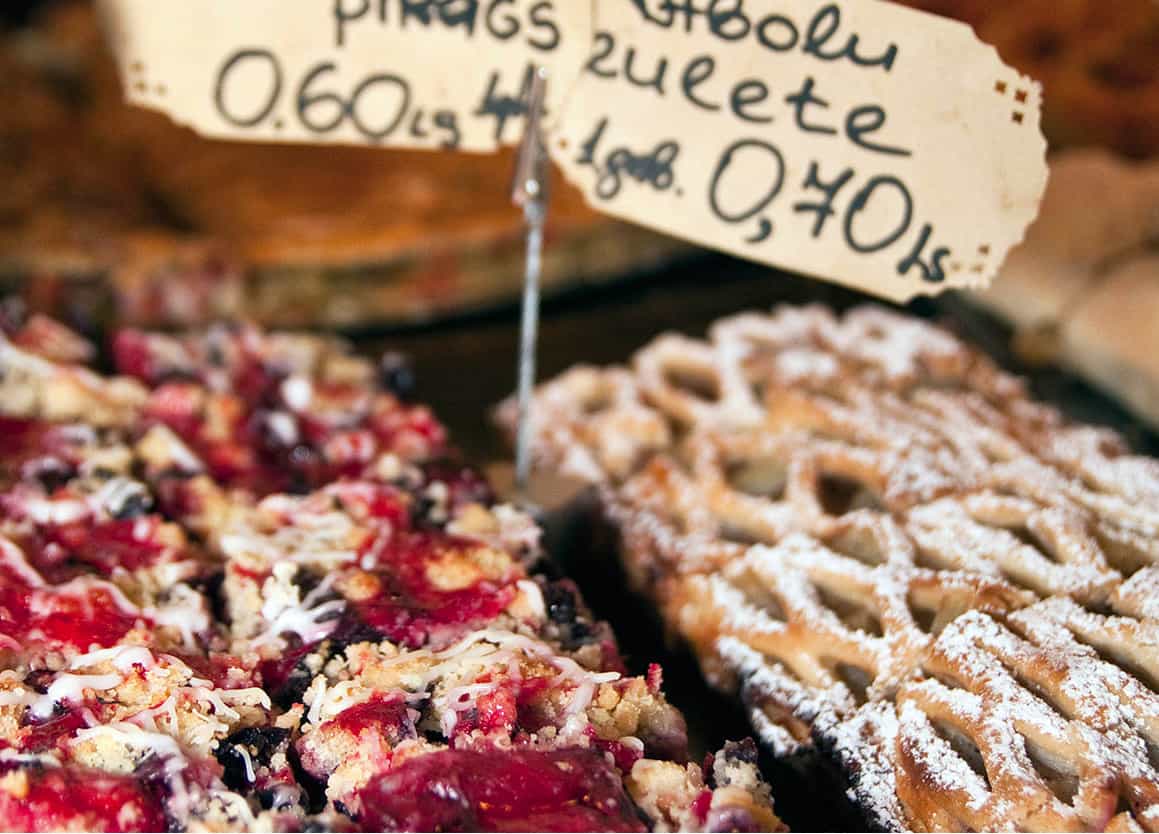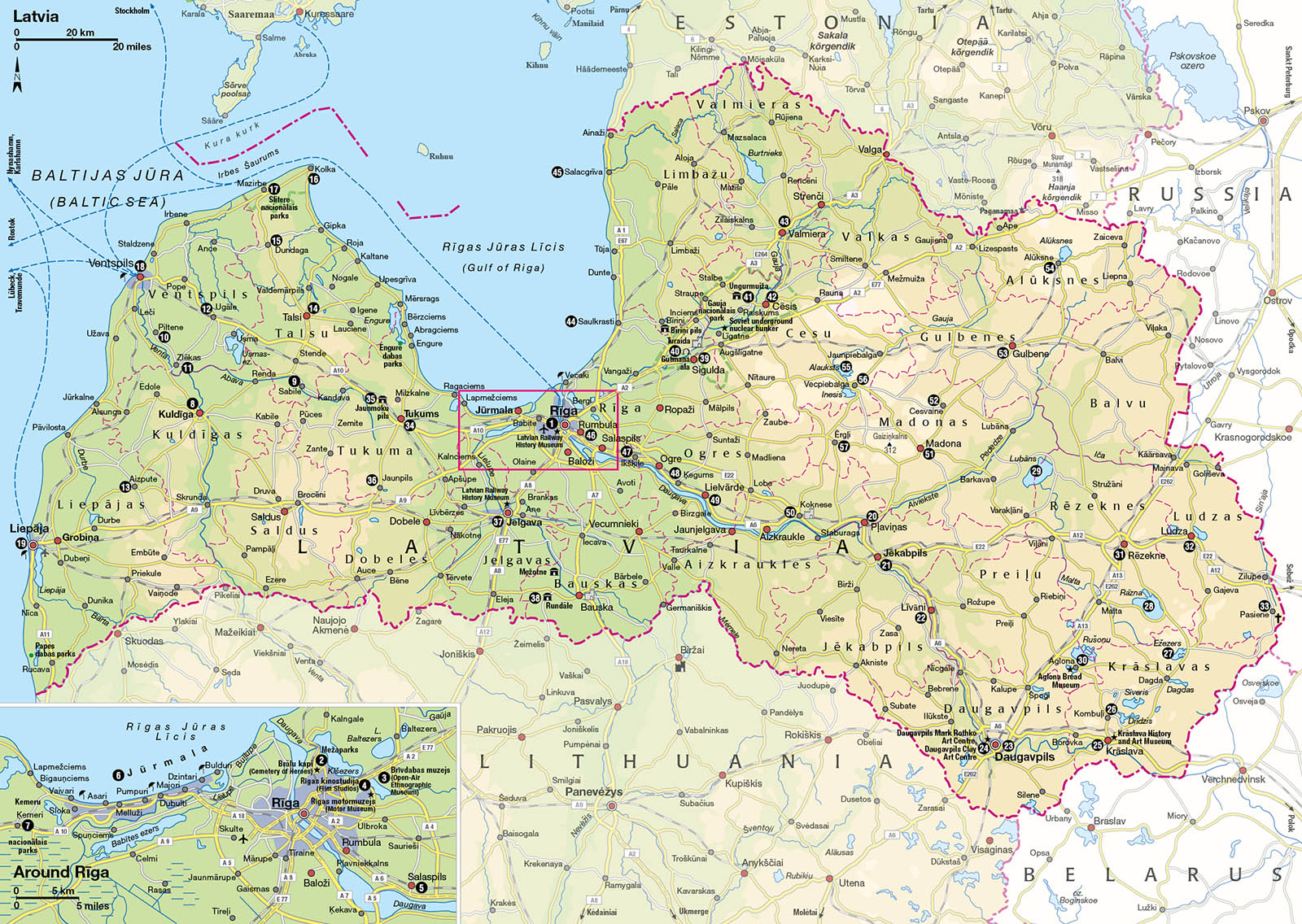The main highway of the Baltics is the 1,030 km (640-mile) River Daugava, which starts in Russia and arrives, via Belarus, in the south of Latvia near Daugavpils. German crusaders arrived near the river’s estuary at a place they called Rīga, and made it their base for the conquest of the Baltic peoples and the expansion of Hansa trade.

Folk dancers in the Old Town of Rīga.
APA Micah Sarut
Today, Rīga is the most exciting city in the Baltics. It is rich with the architecture of the medieval merchants, who built and funded gabled homes and storehouses. In the expanded late 19th- and early 20th-century city there are exquisite Art Nouveau buildings, many designed by Mikhail Eisenstein, father of the filmmaker Sergei Eisenstein, who was born here. Slightly over 700,000 of the country’s 1.95 million population live in Rīga, and there is no other city in the country approaching its size. It also has the best market in the Baltics and one of the most popular seaside resorts at nearby Jūrmala.

A carved detail of a mythical Pan-like face.
APA Micah Sarut
Second to the Daugava is the River Gauja, which is the centre of a fine national park north of Rīga. To the east are the more remote blue lakelands of Latgale, a Catholic stronghold and place of pilgrimage where you can find excellent local pottery. To the west is Kurzeme, the former domain of the Duchy of Courland, where you can explore the well-preserved medieval towns of Liepāja and Ventspils on the Baltic coast and, inland, Kuldīga. To the south is Zemgale, home to the nation’s most stunning Baroque treasure, the Rastrelli-designed palace at Rundāle.

Strudels for sale.
APA Micah Sarut
The soul of Latvia and the Latvians is not in buildings but in the countryside among its magic oaks and ancient hill forts. People are happiest spending a weekend on the family farmstead tending vegetable gardens, singing songs and drinking beer by a bonfire or just relaxing in a steamy sauna. In a country with countless rivers and lakes and almost 500km (300 miles) of pristine beaches, it is not difficult to imagine why many Latvians prefer nature to urban living.
